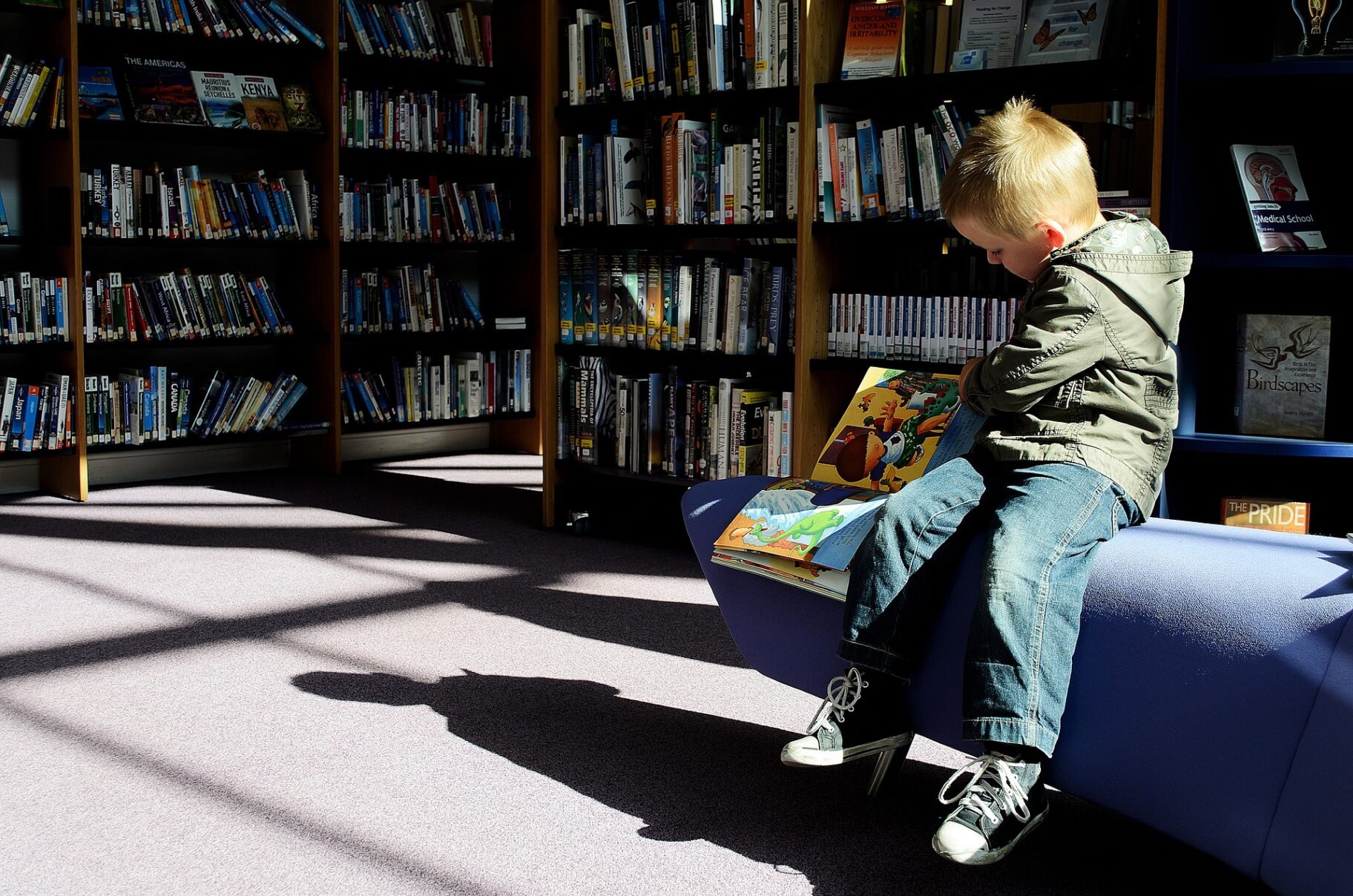

Ahead of Stress Awareness Month, Debbie Woodliffe shares how we can recognise the symptoms of stress in children and why we should teach them all about it.

Stress is not an adult-only affliction. Many children face stressful situations and have natural responses to them, however, they don’t always understand the reason why. This April is Stress Awareness Month, so why not take the opportunity to teach your children about it? To help, we’ll discuss:
It’s a core mental health concern, so helping children understand stress sooner rather than later is a smart move. Read on to find out more…
There are many kinds of stress a person faces in their life, e.g. social anxiety, professional pressure, relationship issues and more. Children may not have the same experience as adults, but they go through it too. Mental Health and wellbeing in schools have increased in importance over the last few years considering the pandemic and all its consequences, so here are some things to look out for.
A type of stress is typically experienced in young children up to 3 years old when they begin to sleep alone or start nursery.
This type of stress is common in new school starters or those attending new hobby groups, as well as before positive life events such as parties or holidays.
A type of stress is more common in children with severely reduced adult support systems, such as those experiencing neglect, abuse, economic hardship or exposure to violence or substance abuse.
This type of stress is usually triggered by a family illness, a loss or death, a familial breakup or a home move.
A type of stress is common in children who struggle to learn or are being bullied.
The above is not an exhaustive list, but you can start to see how everyday things can cause them to experience stress. Their symptoms and reaction are likely due to the fact they are experiencing it for the first time, and their bodies and minds have not yet learned to adapt to the stressors or be able to decide to fight or flee.
Harvard University states: “Learning how to cope with adversity is an important part of healthy child development. When we are threatened, our bodies prepare us to respond by increasing our heart rate, blood pressure, and stress hormones, such as cortisol. When a young child’s stress response systems are activated within an environment of supportive relationships with adults, these physiological effects are buffered and brought back down to baseline.” So, it’s clear that adult support is essential to help children adapt and develop healthy responses to these everyday triggers.
To illustrate, here are some symptoms of child stress to look out for:
You can begin by listening to your students and checking in with them through discussions about their day. This can help you understand their mindset. Also, be open and reassuring with them, validate their feelings and show them you understand.
One thing that may be useful in the classroom is a Worry Box. The NHS recommends these, and they can be a great way for your students to share their worries anonymously. They can also help you to assess whether someone in your class is experiencing stress. Simply place a letter-box-type container like a tissue box or a hand-crafted creation in your classroom, then read through the worries regularly offering advice and reassurance to the whole class.
Practises such as the Worry Box are a great way to begin teaching children about stress and how it affects us. Helping them understand will better prepare them for future situations and be more aware of what’s happening.
Additionally, you could:
Every April is Stress Awareness Month in the UK, and it raises awareness of why we get stressed and how we overcome it. The #ChooseHope theme of the 2023 campaign aims to inspire us to be hopeful and make positive decisions. Talking about it with children early on seems like a hopeful decision, doesn’t it?
Imagine a world full of people who understand stress and its effect on everyday life. A world where there is no stigma associated with it and other mental health issues – it all starts with education.
Why not introduce some lessons on stress and mental health or try some activities and reading on the topic to begin their education? You never know, you could help that imaginary world become a reality and make a few members of your class feel more supported too.
